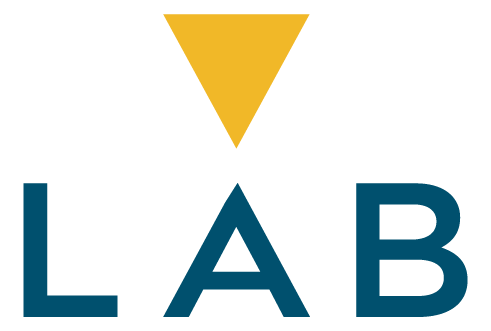The findings of the Hayne Royal Commission report and other developments such as the Consumer Data Right (CDR) and Privacy reforms have put a bigger spotlight than ever on the importance of regulatory technology (RegTech) providers and their relevance in the market to ensure our financial services industry remains globally competitive whilst complying with its responsibilities and obligations.
A Winning Approach
Radar was the winning technology that turned the tide of the Second World War. During the battle of Britain (July 1940 – October 1940), the British Royal Air Force used radar for early warnings of approaching German fighters. Using an early form of the internet, the radar station relayed the data to a fighter command centre that then contacted the closest airfield with the most efficient intercept path. The scramble order was given and the RAF Spitfires used their superior speed to repel the enemy. This combination of an early warning system, highly trained pilots and cutting-edge aircraft design turned the tide of the war even though the Luftwaffe outnumbered the RAF 5 to 1.
Introducing the LAB Compliance Radar
Monitoring
At LAB, our management team and experienced regulatory and compliance professionals use a combination of news alerts, memberships (e.g. RegTech Australia, Financial Services Council), subscriptions, attendance at conferences, research, customer feedback, legal advice, AI and Machine Learning on our extensive data and meetings with industry professionals. We also have close links with innovation and regulatory sandbox programmes both in Australia and overseas (such as the ASIC Innovation Hub).
Early Warnings and Insights
Key standouts are identified in relation to LAB’s industry positioning and are organised in terms of their source, country of relevance, regulatory oversight and related deadlines. Existing items on the LAB Compliance Radar are continuously monitored for any updates such as drafting changes and legislative delays. Key themes are also added and tracked for their relevance and drive technological impacts and strategic insights into how our platform can be evolved to leverage initiatives such as Open Banking and the New Payments Platform (NPP).
Communication, Mitigation and Innovation
Quarterly roadmap planning prioritises feeds from the LAB Compliance Radar and their filtering into managed initiatives impacting technology development. Go to market processes identify communication points and release schedules in order to sprint plan and meet key deadlines. Changes are market tested then continuously refined and improved based on standardisation and consensus achieving economies of scale.
The three stages form the “LAB Compliance Radar” – a winning approach to regulation and compliance.
A Modern and Efficient Business Model
The Banking Royal Commission clearly identifies a bottom up communication problem in organisations where awareness was not penetrating organisations and lacked management. I compare this back to the ineffective trench warfare tactics of the First World War where command had no connection to the troops in the field.
LAB is continuing to blend standards, business, technology and regulatory expertise to innovate and manage the success of its customers. Above all, under our ISO/IEC 27001:2013 information security programme, we put consumer data security and privacy obligations at the top of our corporate structure.
To combat the challenges of the incoming regulatory storm, you need a cohesive force with the right know how and technology partnerships. At LAB, we have 10 years experience in regulatory and financial services technology (RegTech, FinTech – we started well before these terms even existed!).
The history of the RAF put them on the right footing to succeed when it mattered. In a time of unprecedented regulatory scrutiny and challenges, let us help you succeed.


